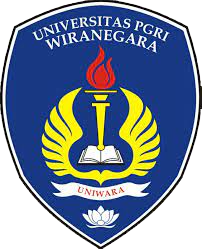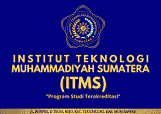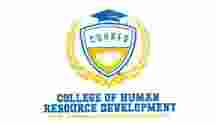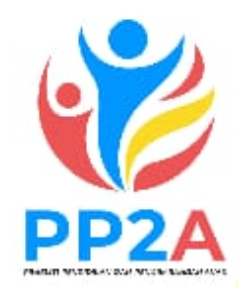How applicable are the KuMo and FiC as teaching tools for mathematics content?
Keywords:
Comic, Comparison, Fiqh, KomFiq Mathematics, Kumon ModuleAbstract
The module operation still seems essential, and not all students are motivated to learn it. In this case, the teaching materials and the learning model are the benchmark for student success in learning. The Plomp development model is used to build mathematics modules. This module is inspired by teaching materials that can be more diverse and interesting. The aim of developing a mathematics module based on comparative fiqh comic material using the Kumon model is to determine the development process and effectiveness of use based on feasibility test requirements, as well as student responses to the development of a mathematics comic module for comparative learning for junior high school students at YALC Pasuruan. The research results on the development of the mathematics comic module show that the module development process consisting of a preliminary research stage, a prototyping search stage, and an evaluation stage of its application to learning comparative material is feasible and valid for use—student responses showing excellence. However, the Kumon module media based on fiqh comics has yet to maximize students’ understanding of concepts as measured by their mathematical abilities.
Downloads
Published
How to Cite
Issue
Section
License
Copyright (c) 2023 Assyfa Journal of Islamic Studies

This work is licensed under a Creative Commons Attribution-ShareAlike 4.0 International License.

 UIN Sunan Gunung Djati Bandung, Indonesia
UIN Sunan Gunung Djati Bandung, Indonesia
 Southhwest University, Chngqing 401120, P.R. China
Southhwest University, Chngqing 401120, P.R. China
















